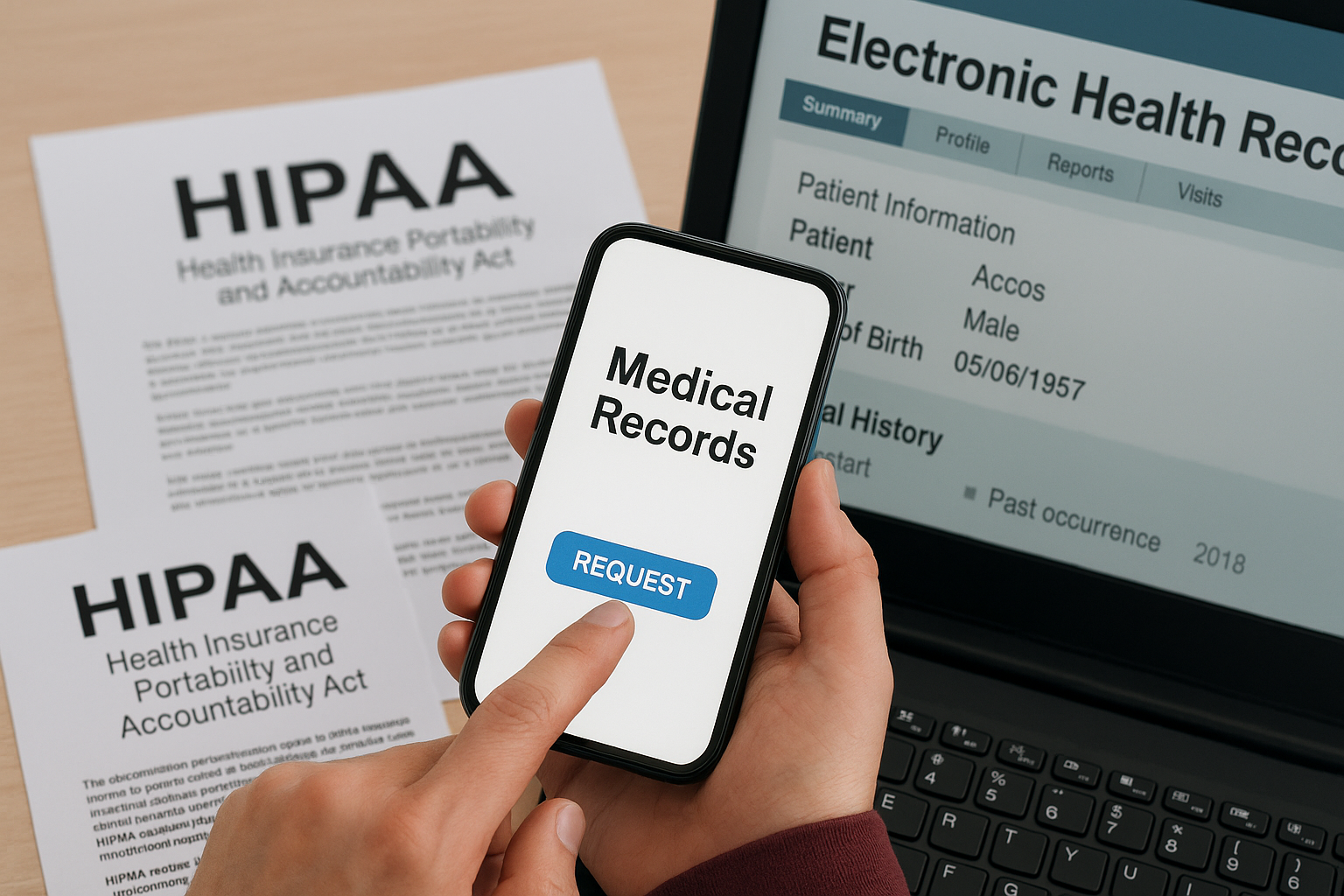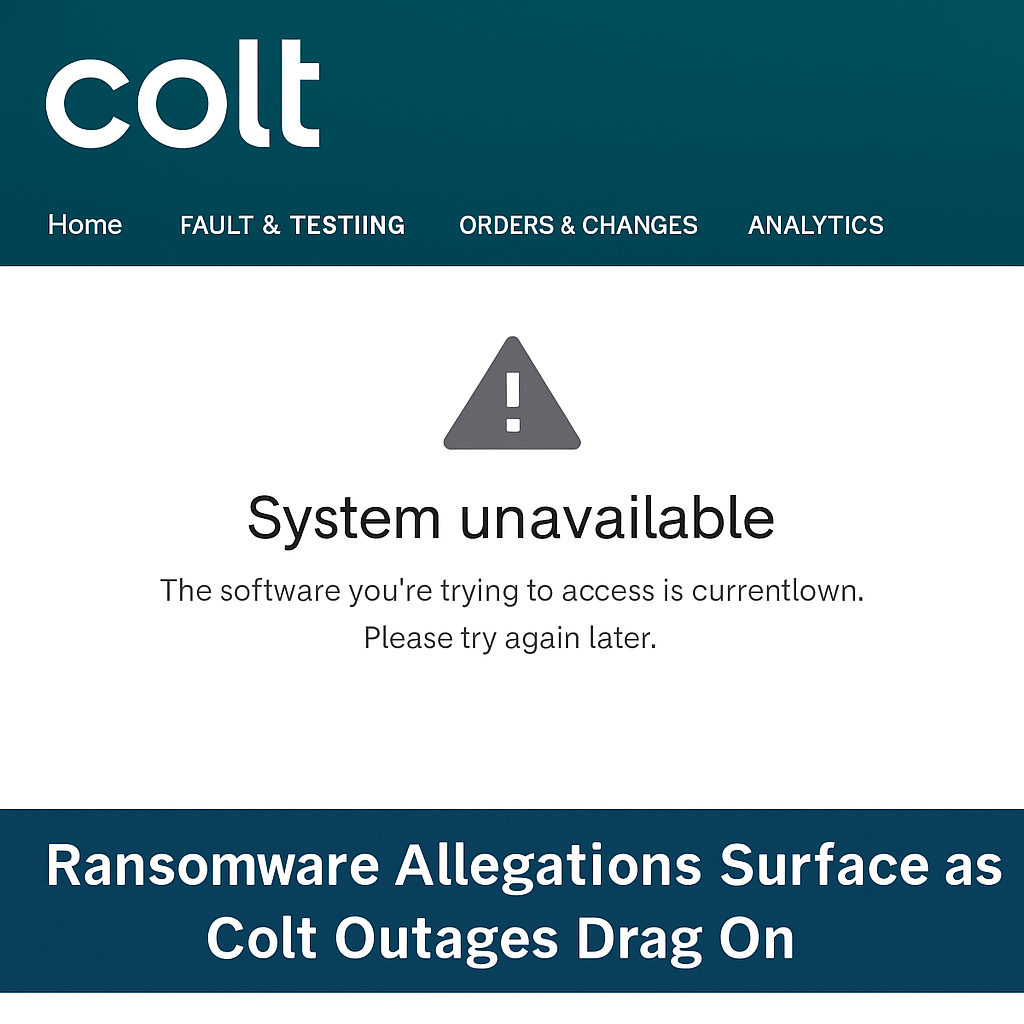health
Blood Pressure by Age: What’s Healthy and How to Stay in Control at Every Stage of Life

Blood pressure is a critical indicator of cardiovascular health, but its definition of “healthy” evolves as we age. Factors like arterial elasticity, hormonal changes, and lifestyle choices all play a role in influencing blood pressure. Understanding what’s normal for your age group and adopting proactive strategies can significantly reduce the risk of hypertension, heart disease, and stroke.
What Is Blood Pressure?
Blood pressure measures the force of blood against the walls of your arteries as your heart pumps. It is expressed in two numbers:
- Systolic Pressure: The pressure during heartbeats (the upper number).
- Diastolic Pressure: The pressure between heartbeats (the lower number).
A reading of 120/80 mmHg means 120 systolic and 80 diastolic. Both numbers are crucial for assessing heart health.
Healthy Blood Pressure by Age
1. Children and Adolescents (Ages 1-18)
- Normal Range: Varies based on age, sex, and height. Typically, below the 90th percentile for their demographic.
- Example: A teenager may have a healthy reading around 110/70 mmHg.
Why It Matters: Childhood hypertension can lead to long-term health risks.
How to Stay Healthy: Encourage active play, balanced diets, and limited salt intake.
2. Young Adults (Ages 19-39)
- Normal Range: 90/60 to 120/80 mmHg.
- Most young adults experience stable blood pressure due to optimal heart function.
Why It Matters: Early onset hypertension can stem from stress, poor diet, or inactivity.
How to Stay Healthy: Regular exercise, stress management, and avoiding smoking are key.
3. Middle-Aged Adults (Ages 40-59)
- Normal Range: Below 130/80 mmHg.
- Blood pressure may rise slightly due to age-related changes, such as stiffening arteries.
Why It Matters: High blood pressure (hypertension) becomes more common in this age group, increasing the risk of heart disease.
How to Stay Healthy: Maintain a healthy weight, adopt the DASH diet, and monitor blood pressure regularly.
4. Older Adults (Ages 60 and Above)
- Normal Range: Below 140/90 mmHg, though some guidelines accept higher systolic readings in this age group.
- Age-related vascular changes can elevate systolic pressure, while diastolic pressure may decrease.
Why It Matters: Elevated blood pressure can lead to stroke, kidney disease, or heart failure.
How to Stay Healthy: Work closely with healthcare providers, focus on low-sodium diets, and stay physically active.
Factors That Influence Blood Pressure by Age
- Arterial Stiffness: Arteries lose elasticity over time, increasing systolic pressure.
- Hormonal Changes: Shifts in hormones, particularly post-menopause, can impact blood pressure.
- Lifestyle: Diet, stress, physical activity, and smoking significantly affect blood pressure at any age.
How to Maintain Healthy Blood Pressure
No matter your age, these strategies can help maintain optimal blood pressure:
- Adopt a Heart-Healthy Diet
- Focus on the DASH diet, which emphasizes fruits, vegetables, lean proteins, and low sodium.
- Exercise Regularly
- Aim for at least 150 minutes of moderate aerobic activity per week.
- Limit Sodium and Processed Foods
- High sodium intake is a leading cause of hypertension.
- Avoid Smoking and Limit Alcohol
- Both habits can damage blood vessels and elevate blood pressure.
- Manage Stress
- Practice mindfulness, yoga, or other relaxation techniques.
- Monitor Blood Pressure
- Use a home blood pressure monitor or visit your doctor regularly to track changes.
When to Be Concerned
- Hypertension (High Blood Pressure): Readings consistently above 130/80 mmHg may indicate hypertension, requiring medical intervention.
- Hypotension (Low Blood Pressure): Readings below 90/60 mmHg could suggest hypotension, leading to dizziness or fainting.
If you notice unusual readings, consult a healthcare provider promptly.
Conclusion
Blood pressure changes with age, but understanding what’s normal for your stage in life and taking preventive measures can significantly improve long-term health outcomes. Whether you’re in your 20s or 60s, small, consistent lifestyle changes can help you maintain healthy blood pressure and protect your heart for years to come. Always consult your doctor for personalized advice and monitoring.
business
From Potatoes to Paleontology: Morocco’s Big Wins on August 14, 2025

From potatoes to paleontology, Morocco posts gains across economy, science, and sport, while DV-2025 visa delays put pressure on applicants.
Morocco’s potato exports surged after a five-year slump, paleontologists uncovered the country’s oldest Turiasaurian teeth in the Middle Atlas, and UIR teamed with Cisco on a new AI & cybersecurity center. Authorities also approved the Amazigh name “Massinissa,” Morocco beat Zambia 3–1 at CHAN, and DV-2025 lottery winners sounded alarms over stalled interviews. FreshPlazaMorocco World News+3Morocco World News+3Morocco World News+3Hespress
The Briefing
Morocco’s news cycle on August 14, 2025 offered a snapshot of a country diversifying—export recovery in agri-food, frontier science with Jurassic-era finds, digital capacity-building through a new AI/cyber hub, and a culture-rights win on Amazigh naming—rounded off by a CHAN victory and visa-processing anxieties for DV-2025 winners. FreshPlazaMorocco World News+3Morocco World News+3Morocco World News+3Hespress
Economy — Potatoes Are Back
After five years of decline, Morocco’s ware-potato exports rebounded to 42,900 tons worth US$14.9 million between July 2024 and May 2025—a 5.7× increase versus the prior season. Analysts credit renewed West African trade links and firmer European demand. The uptick helps farmers and cold-chain logistics while testing resilience ahead of the 2025–26 campaign. FreshPlaza
Explainer takeaway: A stronger potato campaign increases rural incomes and stabilizes supply chains; monitoring fertilizer prices, shipping rates, and weather will indicate whether the rebound is durable.
Science — 160-Million-Year-Old Giants
Researchers identified three dinosaur teeth from the Middle Atlas (El Mers III Formation), marking the oldest evidence of Turiasauria on mainland Africa—a Middle Jurassic lineage previously best known from Iberia. The peer-reviewed study tightens biogeographic links between North Africa and Europe and invites fresh fieldwork in Boulemane province. Morocco World NewsYabiladiResearchGate
Explainer takeaway: Morocco’s Jurassic strata continue to fill global fossil gaps, boosting scientific tourism and training opportunities for local geoscience programs.
Technology — UIR × Cisco Unveil AI & Cybersecurity Center
The International University of Rabat (UIR) and Cisco signed an MoU to create a Cisco EDGE Incubation Center focused on AI and cybersecurity, aligning with Morocco’s Digital 2030 ambitions. The hub aims to link academia, startups, and public services while leveraging Cisco Networking Academy pathways. Morocco World NewsMap NewsMedafrica TimesLinkedIn
Explainer takeaway: Expect new pipelines for SOC talent, secure-cloud skills, and AI safety research—areas where Morocco seeks digital sovereignty and exportable know-how.
Society — A Win for Amazigh Naming Rights
Following an initial refusal, Meknes authorities approved the Amazigh name “Massinissa.” The reversal reflects ongoing normalization of Amazigh names in civil registry practice and reduces administrative friction for families seeking culturally rooted identities. Morocco World NewsHespressFacebook
Explainer takeaway: Documentation shapes access to education, healthcare, and travel; clearer acceptance of Amazigh names streamlines everyday life and affirms linguistic rights.
Sport — CHAN Boost: Morocco 3–1 Zambia
Morocco’s locally based national team defeated Zambia 3–1, strengthening its CHAN 2024 (played in 2025) campaign and securing a quarterfinal berth. Wins at CHAN raise player visibility, support domestic leagues, and can lift transfer valuations for homegrown talent. Hespress
Explainer takeaway: CHAN is a showcase for domestic football systems; Morocco’s result supports the broader talent pipeline from Botola clubs to continental competition.
Migration — DV-2025 Interview Delays
DV-2025 lottery winners in Morocco report stalled interview scheduling at the U.S. Consulate in Casablanca as the September 30, 2025 fiscal-year deadline nears, raising fears that selectees could time out despite “current” case numbers. Civil-society calls urge transparent scheduling and capacity updates. Morocco World News
Explainer takeaway: Diversity Visas are time-bound; absent appointments by the end of the fiscal year, eligibility ends—even for qualified selectees. Applicants should ensure DS-260s are complete and monitor consular notices.
What to Watch Next
- Agri-exports: Does the potato rally carry into Q4 logistics and pricing? FreshPlaza
- Science & tourism: Will new Middle Atlas digs expand fossil trails and museum programs? Morocco World News
- Talent & tech: Can the UIR–Cisco hub seed startups and feed national SOC capacity by 2026? Morocco World News
- Civil registry: Are further Amazigh naming cases resolved consistently across regions? Hespress
- CHAN: Injury management and fatigue as fixtures compress. Hespress
- DV-2025: Any scheduling updates from Casablanca before Sept. 30. Morocco World News
health
Feds Issue New HIPAA Guidance to Speed Patient Record Access

HHS OCR’s updated FAQs clarify disclosures to value-based care groups and what must be released under the “designated record set,” aligning with CMS’s new interoperability push.
Federal regulators issued fresh HIPAA Privacy Rule guidance to remove friction when patients ask for their own medical records. New FAQs from HHS OCR clarify what information is included in a “designated record set” and confirm providers may disclose PHI to value-based care arrangements for treatment—moves that dovetail with CMS’s new interoperability framework.
Federal health officials have published new HIPAA FAQs aimed at speeding patient access to records and smoothing data sharing for treatment, the latest step in Washington’s campaign to make health information easier to obtain and exchange across apps, providers and health plans.
- The Department of Health and Human Services’ Office for Civil Rights (OCR) released updated HIPAA Privacy Rule FAQs clarifying two issues: (1) when providers may disclose protected health information (PHI) to value-based care arrangements for treatment, and (2) what constitutes a “designated record set” that must be produced to patients upon request.
- The refresh complements CMS’s recently announced Health Tech Ecosystem initiative and Interoperability Framework, a voluntary, standards-based blueprint intended to expand patient access to data through modern identity and app-based exchange.
- OCR’s FAQ reiterates that disclosures of PHI to entities participating in value-based care—such as ACOs—are permitted for treatment without patient authorization under the Privacy Rule.
- The “designated record set” extends beyond the clinical chart to billing, claims, case management and other records used to make decisions about an individual; psychotherapy notes and certain non-decision records remain excluded.
- The guidance lands as the administration presses for a “patient-centric, digital healthcare ecosystem,” recruiting major tech and health systems to enable more seamless, secure sharing of records through vetted apps and modern identity—while privacy advocates continue to scrutinize guardrails.
“The FAQs don’t rewrite HIPAA, but they do remove ambiguity that slows down releases of records and collaboration in value-based care.” — Marianne Kolbasuk McGee, BankInfoSecurity reporter, summarizing expert reactions to OCR’s move.
“For those who understand HIPAA, nothing is new. Clarification on items like peer review not being in the designated record set likely stems from recurring inquiries.” — Rachel V. Rose, regulatory attorney, on the practical impact of the FAQs.
“This framework is a voluntary, open, standards-based blueprint to put patients and providers first.” — Centers for Medicare & Medicaid Services (CMS), Interoperability Framework overview.
How requests should be fulfilled now
- Scope: Covered entities must provide all PHI within any designated record set—not only the EHR “chart”—including billing and claims records used to make decisions about the patient.
- Exclusions: Psychotherapy notes kept separately and PHI not used to make decisions (e.g., certain business planning docs) remain out of scope.
- Format & timeliness: HIPAA’s right-of-access timeline and format rules still apply; delays due to uncertainty over record-set boundaries should diminish as staff lean on the clarified definitions.
Disclosures for value-based care
- Permitted without authorization: Sharing PHI with value-based care participants for treatment is allowed under the Privacy Rule’s existing treatment exception; the FAQ confirms this explicitly.
- Guardrails: Minimum necessary does not apply to treatment, but entities should maintain access controls, audit logging and BAAs when appropriate.
Mitigations & compliance steps
- Update release-of-information (ROI) SOPs and patient-access policies to reflect the designated record set definition.
- Map systems beyond the EHR (billing, CRM, care management) to ensure complete responses.
- Train ROI staff on exclusions (e.g., psychotherapy notes) and denial pathways.
- For value-based care data flows, document treatment purpose, data minimization where possible, and security controls.
Impact & Response
Who’s affected: Patients seeking records; hospital HIM/ROI teams; value-based care networks; app developers aligning to CMS’s ecosystem. Expected outcome: Faster, more consistent access; fewer disputes over what must be released; clearer legal footing for treatment-related sharing.
Long-term implications: The FAQs, paired with CMS’s interoperability plan, signal tighter federal alignment on access and exchange, as OCR also steps up Security Rule modernization and right-of-access enforcement—pressure that will be felt most by smaller providers.
Background
HIPAA’s right-of-access has been repeatedly emphasized since 2019 enforcement initiatives, yet organizations still stumble over the breadth of “designated record sets.” The latest FAQs aim to standardize interpretations while the administration’s interoperability initiative seeks industry commitments for app-based, identity-driven access.
Conclusion
The federal message is consistent: patients should get their data quickly and completely, and providers should share for treatment without undue friction. The new FAQs won’t upend HIPAA, but they should streamline compliance and accelerate the shift to interoperable, patient-centric data exchange.
Sources
- BankInfoSecurity — “Feds Issue More HIPAA Guidance in Push for Patient Access” (Aug. 13, 2025).
- HHS OCR — FAQ: Individuals’ Right of Access and the “Designated Record Set.”
- HHS OCR — FAQ: Disclosing PHI to value-based care participants for treatment.
business
Algerian Youth Left in Limbo by New Drug Test Requirement for Employment

New anti‑drug hiring rule touted as moral reform masks regulatory gaps and risks deepening exclusion of young Algerian jobseekers
ALGIERS — In the tense hours after candidates queued outside recruitment centers, a quiet panic spread—not over exam scores, but uncertainty. Without official guidance, aspirants unsure whether to submit to compulsory drug tests found their career hopes hanging in limbo.
This administrative confusion stems from a law published on 13 July 2025 in the Journal officiel (No. 43), which mandates that job applicants—both in public service and private sector roles—present a negative drug test to be considered for employment.
Though framed as a means to moralize the labor market, the new requirement has left candidates, officials, and legal experts scrambling. The Direction Générale de la Fonction Publique, which should oversee implementation, admits no regulations or guidelines have been issued. It has shifted responsibility to the Ministry of Justice, deepening procedural uncertainty.
“In principle, this is about professionalism and safety. In reality, it’s a move fraught with legal and ethical risks,” says Farah Mansouri, a labor rights advocate based in Oran. “Without clear protocols, many qualified graduates stand to be unfairly excluded.”
Human Toll Amid Legal Silence
For Algeria’s growing cohort of unemployed youth—especially university graduates—the measure feels like yet another hurdle. Among them is *Amine, a 24-year-old from Constantine, who prepared for a highly competitive exam only to be turned away.
“They told me I needed to submit a test, but I wasn’t given details. I couldn’t afford private clinics, and local hospitals don’t even have certificates ready,” he recounts.
A Measure in Search of Structure
Introduced as part of a broader law ramping up penalties against narcotic trafficking and usage, the drug test rule has been criticized as more symbolic than systematically grounded. Observers question the absence of provisions protecting personal medical data, ensuring test accuracy, or even specifying official testing centers.
Legally, veterans of employment rights and administrative law note the dangerous precedent of imposing conditions with no roadmap for compliance.
Context & Broader Significance
This development unfolds in a broader Algerian context marked by rising authoritarianism and restricted civic spaces. Measures purportedly aimed at protection or security are increasingly viewed as tools of social control.
Rather than investing in prevention, support systems, or rehabilitation services, the state appears to favor exclusionary tactics—compounding the frustration of youth already navigating economic instability.
Source: Maroc Diplomatique
-

 data breaches6 days ago
data breaches6 days agoALERT – Stop What You’re Doing & Update WinRAR Now
-

 data breaches4 days ago
data breaches4 days agoHackers Claim Full Network Takeover at Royal Enfield
-

 data breaches7 days ago
data breaches7 days agoLeaked Logins Are the New Zero-Days—Here’s How Attackers Exploit Them
-

 data breaches5 days ago
data breaches5 days agoFrom VPN to FortiManager: Attack Pattern Suggests Preparation for New Exploit
-

 data breaches3 days ago
data breaches3 days agoPennsylvania AG’s Website, Email Taken Down in Security Incident
-

 International6 days ago
International6 days agoFrom Rabat to the Sahel: Moroccan Builders Lead Africa’s Largest Road Project
-

 International1 week ago
International1 week agoEspionage in the Maghreb: Algerian-Spanish Deal to Counter Morocco Unearthed
-

 business7 days ago
business7 days agoBitcoin’s $121K Breakout Signals a New Era of Institutional Adoption












